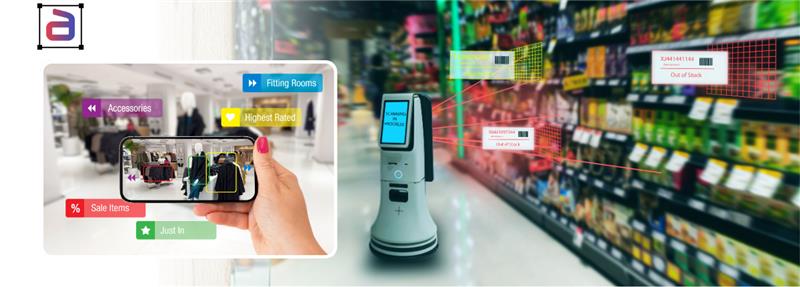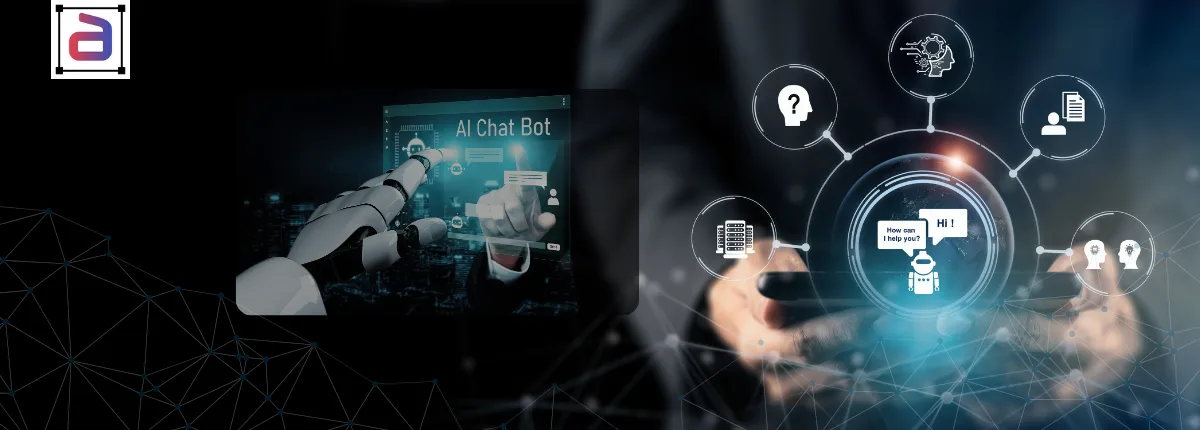For C-Suite leaders and AI program managers, data annotation is more than an operational detail—it’s the cornerstone of AI performance. But every organization eventually faces the annotation dilemma: should we build annotation capabilities in-house or outsource to a specialized partner? Each option carries implications for speed, cost, compliance, and strategic control. This helps decide between outsourcing and in-house data annotation.
According to McKinsey, up to 50% of AI project failures can be traced back to poor data quality and labeling issues. The choice of in-house vs. outsourcing determines not only how efficiently datasets are prepared but also whether projects meet their timelines and ROI expectations. This blog explores both paths, providing context, industry data, and real-world examples to help executives make informed decisions.
The Case for In-House Data Annotation
Keeping annotation in-house is often appealing when data sensitivity, intellectual property protection, and control are top priorities.
Benefits
- Direct oversight: In-house teams operate under company policies and culture, giving leaders confidence in standards and security.
- Data security: Sensitive information never leaves internal systems, reducing exposure risks.
- Domain knowledge: Internal experts can apply a nuanced understanding, especially in complex industries such as healthcare, finance, and defense.
“In industries like healthcare, where patient confidentiality is non-negotiable, in-house annotation remains the gold standard for sensitive datasets.” — Forrester Analyst
Challenges
- High costs: Building internal annotation teams requires ongoing investments in recruitment, salaries, training, and annotation tools.
- Scalability limits: Surges in data volumes may overwhelm limited internal capacity.
- Opportunity cost: Skilled employees may spend time on repetitive labeling rather than on higher-value tasks.
Example: A medical imaging firm chose to annotate CT scans internally to comply with HIPAA regulations. While accuracy and compliance were strong, projects were delayed by six months due to the resource strain.
The Case for Outsourcing Data Annotation
Outsourcing provides a path to scale quickly, reduce costs, and leverage specialized expertise. Gartner notes that global outsourcing of data services is projected to grow by 14% annually through 2028, driven by demand for scalable AI development.
Benefits
- Scalability on demand: Vendors can scale up hundreds of annotators quickly to meet tight deadlines.
- Cost efficiency: Outsourcing reduces infrastructure and HR costs, often at 30–40% lower expense than in-house.
- Specialized expertise: Vendors provide annotators trained in verticals like autonomous driving, retail, or financial services.
- Advanced tools: Many vendors use AI-assisted labeling, automation, and quality-monitoring systems that are unavailable to smaller in-house teams.
“For enterprises racing to deploy AI, outsourcing annotation can cut time-to-market in half without sacrificing accuracy—if the right partner is chosen.” — Deloitte 2024 Outsourcing Report.
Challenges
- Security and compliance risks: Sensitive data shared externally must be protected with encryption, access controls, and compliance frameworks.
- Consistency: Distributed teams may interpret guidelines differently unless strict QA processes are in place.
- Reduced direct control: Leaders rely on SLAs, audits, and reporting for oversight.
Example: An e-commerce giant outsourced image annotation for millions of product listings. Time-to-market improved dramatically, but inconsistencies in vendor quality control led to customer frustration until rigorous auditing was implemented.
Key Factors in Deciding Between Outsource vs In-House Data Annotation
When choosing between in-house and outsourced data annotation, executives should consider factors beyond cost alone. Each dimension influences risk, scalability, and eventual ROI.
1. Data Sensitivity For Outsource vs In-House Data Annotation
- If data involves healthcare records, government intelligence, or financial transactions, in-house annotation may be more secure and compliant with regulations. Sensitive data handled improperly can expose companies to multi-million-dollar fines and reputational damage.
- Outsourcing works well when datasets can be anonymized or pseudonymized, or when vendors can demonstrate compliance with strict regulatory standards such as HIPAA, GDPR, or SOC 2. Vendors that undergo regular audits often provide equal or greater security than under-resourced internal teams.
2. Project Scale and Urgency
- Large-scale projects, such as annotating millions of images for autonomous vehicle training, often overwhelm in-house capacity. Outsourcing enables rapid scaling with distributed teams and automation tools.
- Smaller or ongoing projects with moderate volumes, such as internal analytics dashboards, may justify an in-house approach where timelines are flexible and data sensitivity is high. Speed-to-market is often the deciding factor: outsourcing can reduce time-to-market by up to 50% according to Deloitte.
3. Budget and Resource Allocation For Outsource vs In-House Data Annotation
- In-house requires significant upfront and ongoing investment in infrastructure, tools, and specialized labor. For smaller organizations, this can strain budgets.
- Outsourcing reduces HR overhead and infrastructure costs, but introduces vendor management and governance needs. Gartner estimates that outsourcing data labeling can save organizations between 20% and 40% compared to building internal teams, though savings depend on scale and vendor choice.
4. Domain Complexity
- Specialized, high-context tasks benefit from in-house experts who understand nuances—such as radiologists labeling tumors or financial analysts classifying complex instruments.
- General annotation tasks like bounding boxes, transcription, or basic product categorization are cost-effective to outsource, especially when vendors provide annotators trained across multiple domains. Hybrid setups often pair vendor annotations with in-house subject-matter expert reviews.
5. Quality Control
- In-house teams allow direct, continuous oversight and immediate feedback loops, which can be essential for mission-critical projects.
- Outsourcing can achieve equal or higher quality if vendors employ rigorous practices such as using gold-standard datasets, conducting inter-annotator agreement checks, performing multi-layer QA reviews, and implementing human-in-the-loop validation. Forrester research shows that vendors combining automation with HITL approaches can improve accuracy rates by more than 15% compared to manual-only methods.
The Hybrid Model: Outsource vs In-House Data Annotation
Increasingly, enterprises adopt a hybrid model that combines in-house control with outsourced scalability.
Example: A financial services firm annotated high-risk loan applications internally but outsourced historical transaction labeling to a vendor. This strategy maintained compliance while accelerating the development of the fraud detection model.
Hybrid models deliver flexibility: sensitive data remains protected internally, while outsourcing addresses scale and efficiency for less critical tasks.
“The smartest organizations view annotation not as an either/or decision, but as a portfolio strategy—balancing in-house expertise with outsourced scale.” — PwC Responsible AI Report
Executive Takeaway
There is no universal answer to the outsource vs in-house data annotation dilemma. Each decision must reflect industry requirements, project urgency, security needs, and organizational resources. Leaders should evaluate:
- The sensitivity and volume of their data.
- Their capacity to build and maintain internal teams.
- The trade-offs between cost savings, compliance, and control.
By weighing these factors, executives can craft a balanced annotation strategy that safeguards quality while accelerating AI outcomes.
Annotera’s Role
At Annotera, we help organizations navigate this decision with flexible models:
- Secure outsourcing solutions with human-in-the-loop (HITL) quality control and compliance certifications.
- Hybrid strategies in which sensitive projects remain in-house and large-scale tasks are outsourced to us.
- Transparency and auditing that give executives confidence in outcomes.
By partnering with Annotera, organizations gain more than annotation services—they gain a strategic framework that ensures data quality, compliance, and scalability.
Final Thoughts For Outsource vs In-House Data Annotation
The annotation dilemma concerns balancing speed, security, and ROI. Whether outsourcing, building in-house, or adopting a hybrid model, the right decision can make the difference between AI success and failure.
Facing the outsource vs in-house data annotation dilemma in your organization? Connect with Annotera today to explore tailored strategies that balance control, efficiency, and trust in data annotation.


